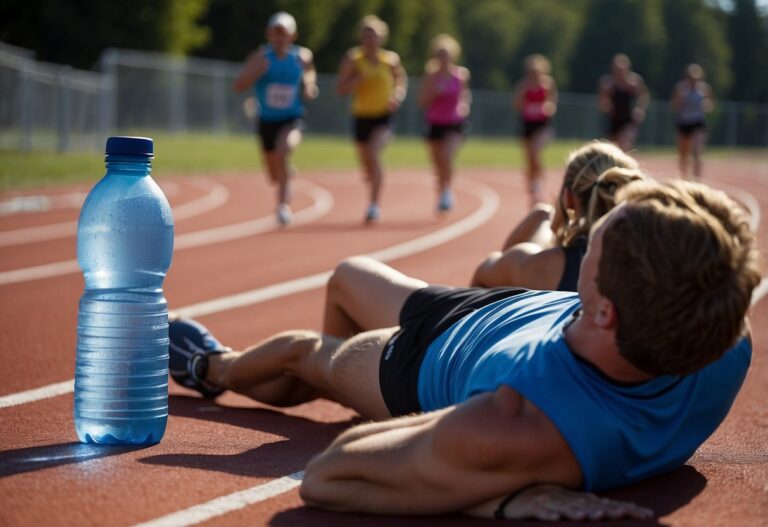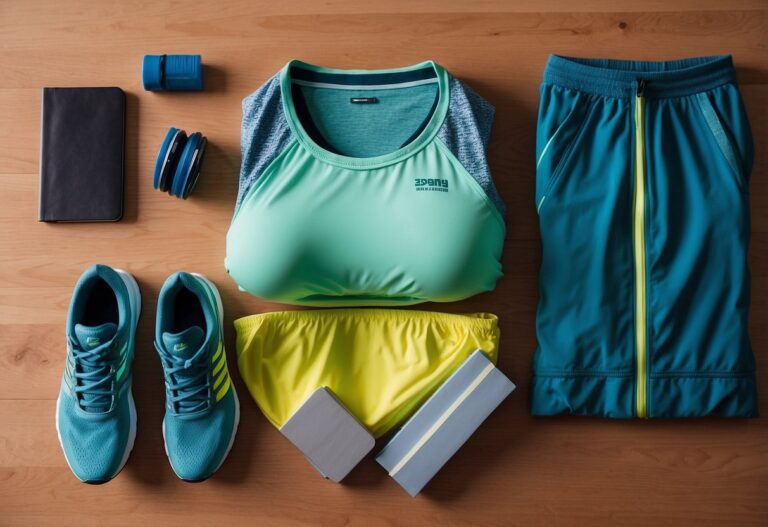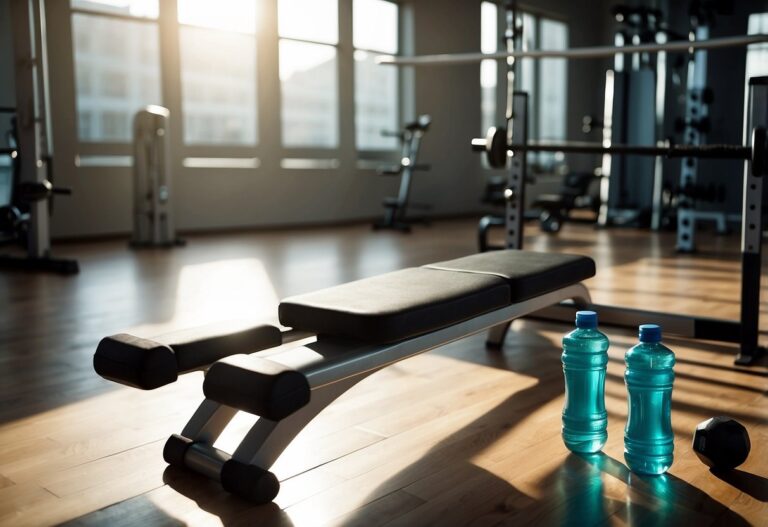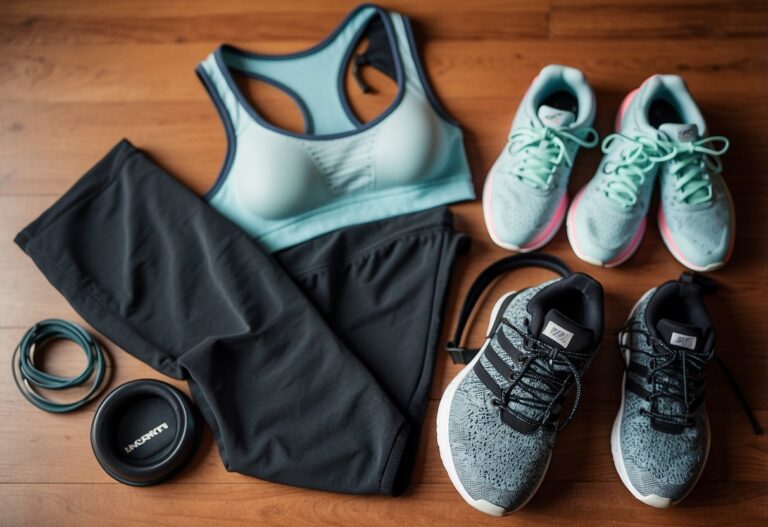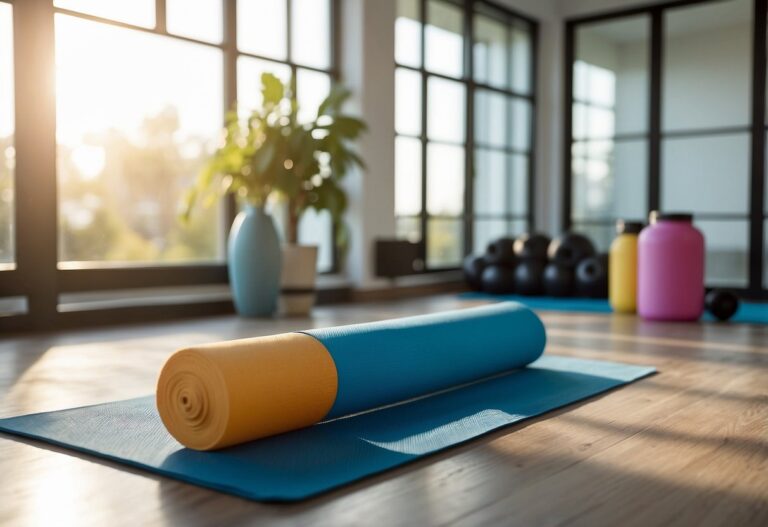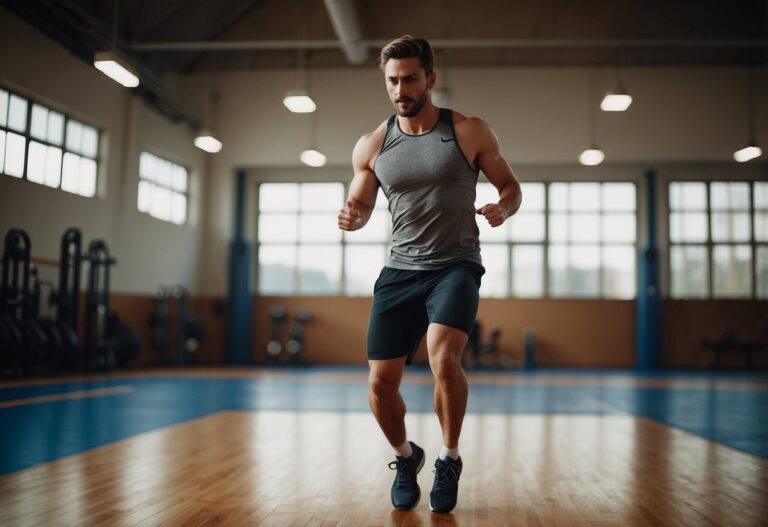Washing workout clothes can seem straightforward, but there are many factors that can impact their longevity and performance. Ensuring your gym gear stays fresh and effective doesn’t have to be a chore. Understanding the proper ways to wash and care for these items can make a significant difference in maintaining their quality and lifespan.
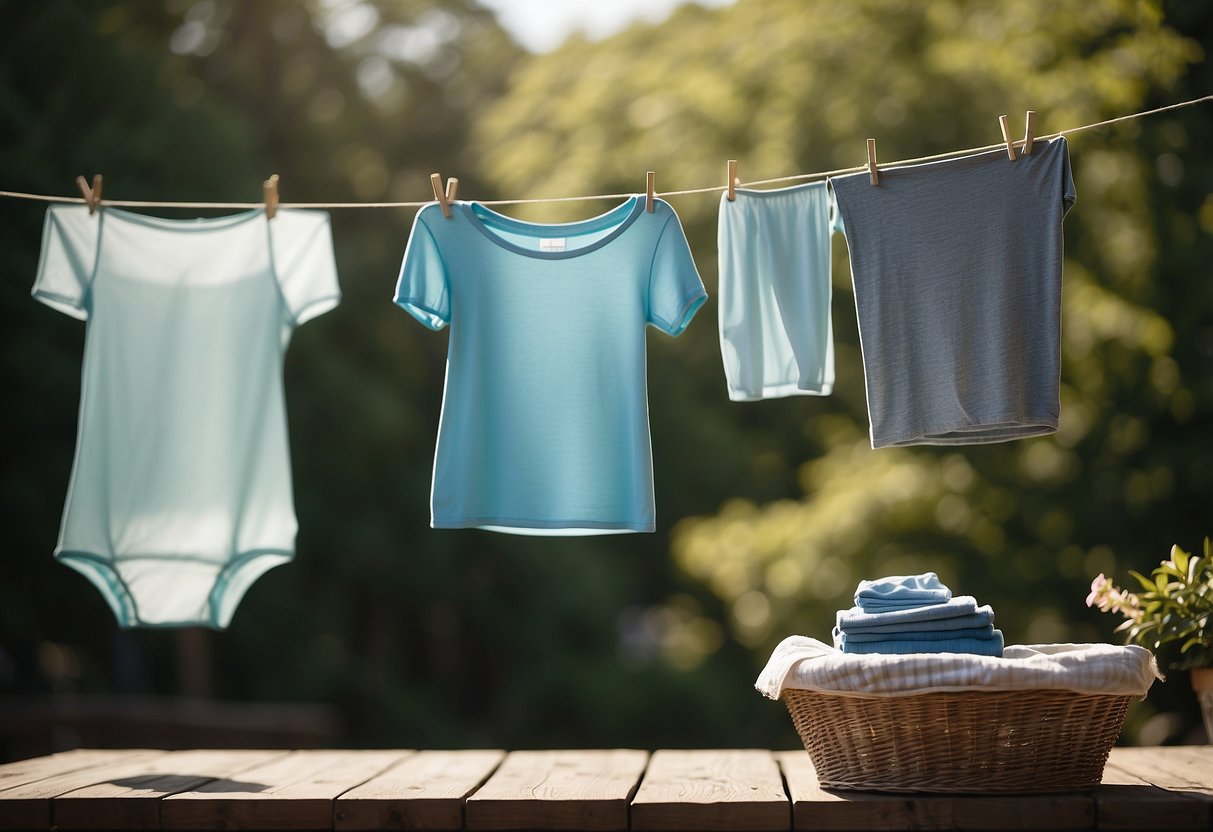
Whether you’re a seasoned athlete or just starting your fitness journey, taking the time to learn the right washing techniques will help protect your investment. Clean, well-cared-for workout clothes not only keep you comfortable but also enhance your overall exercise experience.
Rinse clothes in cold water immediately
After a tough workout, your clothes are probably drenched in sweat. It’s crucial to rinse them in cold water as soon as possible. This quick action can help prevent sweat stains and keep odours from setting in.
You might not always feel like doing laundry right after exercising, but this little step can make a big difference. Cold water helps in maintaining the fabric’s elasticity, especially for stretchy workout gear.
Rinsing your gym clothes right away is a simple habit that can extend their lifespan. It’s an easy and effective way to keep your workout clothes looking and smelling fresh.
Turn Garments Inside Out
When you wash your workout clothes, it’s best to turn them inside out. This simple step helps the detergent reach the sweat, oils, and body odour that build up on the inside of your clothes.
By turning your clothes inside out, you also protect the outer fabric from wear and tear, such as pulls and snags. This keeps your favourite items looking new for longer.
Finally, this method lets your washing machine clean the dirtiest part of your clothes more effectively, ensuring you always have fresh gym gear.
Use a Gentle Detergent
When washing your workout clothes, less is more. Using too much detergent can leave residue. This residue traps odours and bacteria, making your gym clothes smell even after washing.
Try using half the amount of detergent you usually use. Choose a gentle detergent. Harsh chemicals can damage the fabric and affect its performance.
Consider using detergents specifically designed for activewear. These products clean deep without compromising the fabric’s elasticity or moisture-wicking abilities.
Avoid Fabric Softeners

Using fabric softener on your workout clothes can be a bad idea. Fabric softeners add a layer to the fabrics, which can seal the fibres and block their ability to wick away sweat. This means your clothes might stop keeping you dry during a tough workout.
Elastane and other stretchy fabrics can be damaged by fabric softeners. They leave a residue that can make the material less stretchy and dull the finish. This can also make your leggings and other stretchy items lose their shape.
In addition, fabric softeners can attract smelly bacteria due to the residue they leave behind. This can make your gym clothes smell worse over time. To keep your workout gear in top condition, skip the fabric softener and wash them with a gentle detergent.
Hand Wash Delicate Items

When caring for delicate workout clothes, hand washing is the safest option. Fill a sink with lukewarm water and add a small amount of mild detergent.
Gently immerse your clothes and swish them around. Let them soak for about 30 minutes.
Rinse thoroughly with clean, cool water, then gently squeeze out excess water without wringing. Lay the items flat on a towel to air-dry.
Use a detergent designed for delicate fabrics to avoid damage.
Air dry in shade
When it comes to drying your workout clothes, air drying in the shade is the best option. Heat can degrade the stretchy fabrics, so it’s important to avoid direct sunlight which can also cause colours to fade.
Find a shaded spot in your garden or balcony. If you don’t have an outdoor space, hanging clothes near a window but out of direct sunlight works too.
Use a drying rack or hang items on hangers. This helps maintain the shape of your clothes and prevents them from becoming misshapen. Air drying also helps keep the fabric soft.
Use a laundry bag for machine washing
Using a laundry bag for machine washing can help keep your workout clothes in great condition. A laundry bag reduces friction, which can prevent your clothes from pilling and snagging.
Think about how many times your favourite leggings have come out of the wash looking a little worse for wear. A laundry bag can help with that by providing a barrier during the wash.
Separate your delicate items, like sports bras or compression wear, from heavier items. This way, they get a gentler wash, and you won’t have to worry about them stretching out.
Next time you do laundry, try using a laundry bag and see the difference.
Wash Similar Colours Together

When washing workout clothes, it’s essential to separate similar colours. Mixing bright reds with whites can lead to unpleasant surprises.
For example, you wouldn’t want your favourite white top turning pink because of a red sock. Ensure the whites, darks, and bright colours don’t mix.
Group your similar colour items to keep your clothes looking fresh. These simple steps will make your workout gear last longer and stay vibrant.
Avoid high heat settings
When washing workout clothes, avoid using high heat settings on your dryer. High temperatures can break down the elastane in stretchy fabrics like leggings and sports bras, causing them to lose their elasticity.
Air drying your clothes is a much safer option. If you need to use a dryer, select the lowest heat setting.
High heat can also ruin the moisture-wicking abilities of performance fabrics. To keep your gear in top shape, try hanging or laying your clothes flat in a well-ventilated area away from direct sunlight.
Taking these precautions will help your workout clothes last longer and maintain their performance.
Remove Promptly After Washing
When your workout clothes are done washing, remove them immediately. Letting them sit in the machine can lead to musty smells and wrinkles.
Wet clothes sitting for too long can also harbour bacteria. This can affect the cleanliness of your garments and your skin health.
If possible, dry your clothes right away. This helps maintain their shape and performance. Try hanging them up or using a low heat setting on your dryer to preserve their elasticity.
Optimal Washing Techniques
When washing your workout clothes, it’s important to choose the right detergent and set the correct water temperature. These factors can help keep your gear fresh and in good condition for longer.
Selecting the Right Detergent
Choosing the right detergent is crucial for maintaining your workout clothes. Sports-specific detergents are often better at removing sweat and odours than regular ones. These detergents are designed to clean synthetic fabrics without harming their fibres.
If you don’t have a sports detergent, a liquid detergent can be a good alternative. It dissolves more easily in water, which helps avoid residue buildup that can trap odours. Remember not to overdo the detergent. Adding too much can leave soap residues in your clothes and washing machine, causing smells and potential damage over time.
Consider using a measure cap to ensure you get the correct amount. This simple step can prevent issues like soap buildup and odour retention.
Water Temperature Guidelines
Water temperature plays a big role in how clean your clothes get and how long they last. For stretchy items like leggings and sports bras, wash them at 30°C or lower. Higher temperatures can damage the elastane, leading to a loss of stretch and fit.
Interestingly, if you use a liquid detergent, it should still clean well even at low temperatures, according to findings from a recent investigation. Washing at a lower temperature can also be beneficial for your clothes’ longevity and the environment.
For particularly stinky items, start by rinsing them with cold water to remove as much sweat and bacteria as possible before throwing them in the wash. This can help keep your gym gear in the best condition.
Drying and Storage

Properly drying and storing your workout clothes ensures they last longer and stay in good condition. Pay attention to the best drying methods and how to store items to maintain their shape and quality.
Air Dry Vs. Machine Dry
Air drying workout clothes is typically the best option. Hanging clothes on a rack or laying them flat helps maintain the elasticity of fabrics. For certain materials, air drying can prevent shrinkage and damage. If you need to use a tumble dryer, select a low or air fluff setting to minimise heat exposure.
Heat can degrade elastic fibres and synthetic fabrics. If you have stretchy items like leggings, drying them away from direct sunlight is important too. Strong sunlight can damage the fibres and cause colours to fade. Always read the care labels on your clothes to follow specific drying instructions for each garment.
Proper Storage Practices
Storing workout clothes correctly helps keep them looking good and lasting longer. Fold your clothes—avoid hanging them, as hanging can stretch out the fabric over time. Use drawers or shelves to store clothes neatly, and consider rolling items to save space and avoid wrinkles.
Ensure clothes are completely dry before storing to prevent mildew and unpleasant odours. If you use a gym bag, empty it immediately after use to air out and clean before your next workout. Store clothes in a cool, dry place to maintain fabric quality. For added freshness, you can use scent sachets in your storage areas to keep clothes smelling clean.


